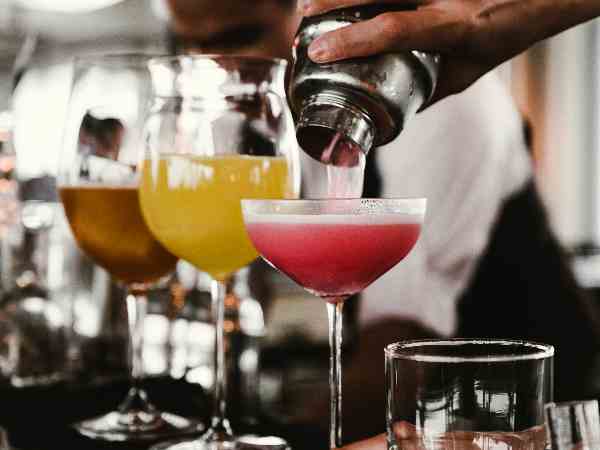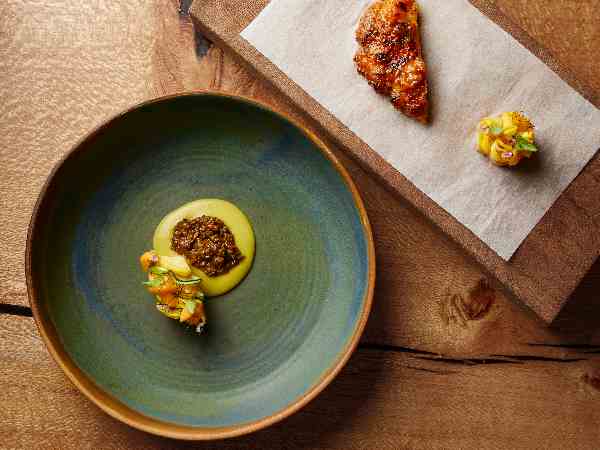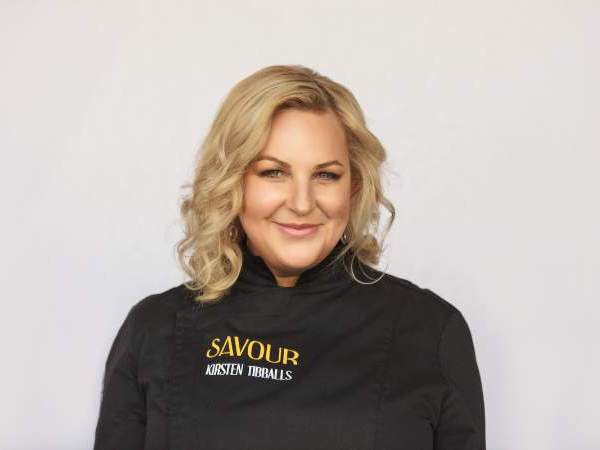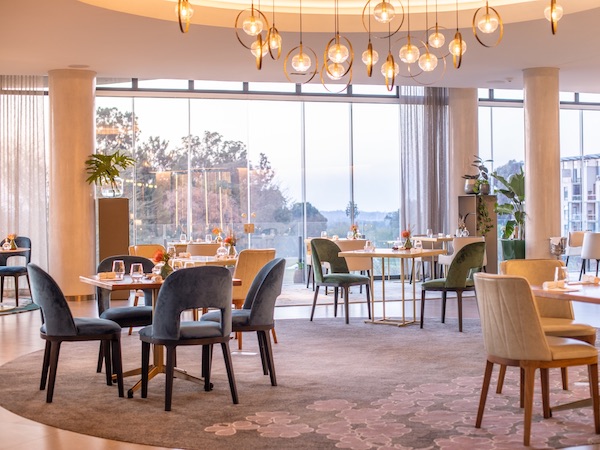News
The seafood crisis: How SA restaurants can help
Wednesday, May 17th, 2017Ahead of the announcement of the winner of the 2017 Eat Out Woolworths Sustainability Award later this year, we’ll be running a series of articles highlighting ways that restaurants can be more sustainable. In the second of this series, we look at the current crisis facing our seafood stocks.
In South Africa, seafood is one of the most popular foods when eating out, whether at a fine-dining restaurant or a casual fish shop, but our seas are suffering. Over the last few years there has been a dramatic increase in the numbers of fish and other marine life removed from the seas. Globally, many fish stocks are already fully fished or overexploited. The endangered West Coast rock lobster is now officially on SASSI’s red list – and without intervention, experts believe we’ll lose the species in the next five years.

Seafood – in every form – is a popular item on South African menus, but our stocks of some species are dangerously low. Photo iStock.
So, what can restaurants do about it? Eat Out got in touch with Pavitray Pillay, manager of the SASSI programme for WWF South Africa, for advice, and asked local restaurant owners and chefs how they’re keeping conscious of what seafood they’re serving to create a more sustainable business.
Green means go, red means no: Understanding SASSI
“SASSI is a voluntary compliance programme, based on using consumer power to move the seafood industry to a more sustainable and ecologically friendly one,“ explains Pavitray. Simply put, SASSI uses a traffic-light system, in which fish are placed on green (best choice), orange (think twice) or red (don’t buy) lists. The species on these lists are scientifically assessed and, based on their conservation status, regularly reviewed.
Chefs such as Constantijn Hahndiek of Hartford House in the KwaZulu-Natal Midlands work closely with the lists in order to keep things sustainable: “We endeavour to follow the updates of the SASSI list, which is changing all the time. It’s nice to follow the impact the list has. It has even resulted in some red-listed species recovering and changing status. That’s the impact consumer [behaviour] can have.”

Chef Constantijn Hahndiek of Hartford House. Photo supplied.
Chef Andrea Burgener of The Leopard in Johannesburg reiterates the list’s importance and recommends that restaurants “stick to the green list or seafood that has Marine Stewardship Council approval. When in doubt, simply don’t use it. Then, keep checking the lists regularly, to see what’s changed.”
Skip the crayfish and prawns
Crayfish has been red listed because there has been a significant decline in the population over time. Explains Pavitray, “Given the current exploitation rate and the escalating poaching of the species, we forecast that if no recovery plan is put in place, we will lose this species in the next five years.”
As of this year, prawns, formerly orange listed, are rated based on individual species and, as a result, many of the common prawn species sold in our market will soon be red listed.

Prawns are not soon to be assessed by individual species by SASSI. Photo iStock.
Chef Carl Van Rooyen of The Vineyard Hotel in Cape Town is tackling this by removing prawns from all à la carte menus, saying that the farming of the crustaceans can do immense damage to nature, as does the trawling for them. Carl also goes on to say, “A little bit of discretion and common sense goes far – if no green listed-fish are available, I would rather not serve fish.”
Trace your fish supply
Knowing where your fish comes from is one of the most important rules of running a sustainable restaurant. Have a sustainable procurement strategy in place: Know what you’re purchasing, if it’s in season, where it is on the list (if you’re uncertain, contact SASSI), and how it was caught or farmed. Don’t buy it thinking no harm is done because it’s already dead, says Pavitray. “This creates demand and, if there is demand, people will supply. Share this information with your patrons, too,” she explains.
Know your licenced fishermen
Giles Edwards of La Tête in Cape Town, a champion of nose-to-tail eating, takes tracing his seafood very seriously. Giles works closely with his supplier, Southern Coast Fisheries, which has a great relationship with the fishing teams of the boats it buys from, and guarantees they all have licences.

A mussels dish at La Tete. Photo by Claire Gunn.
“Make doubly sure your supplier is licenced and has the relevant permits from DAFF (Department of Agriculture, Forestry and Fisheries),” advises Pavitray. You have the right to ask for all the relevant paperwork. Licenced and recognised suppliers are vitally important in the collection of data and records that help SASSI assess the status of the fishery and the species. “Illegal, unreported and unregulated (IUU) fisheries are one of the biggest problems facing our marine resources,” she explains. Chef Charl from The Vineyard adds, “Out of everything, traceability is probably the thing to work on the most.”
Creating a sustainable seafood menu
At La Tête, Giles is passionate about keeping things sustainable. “I like to stick to what I know, and make sure it’s all above board. We use a huge amount of hake at La Tête, as well as mussels, octopus, mackerel and gurnard. It’s not always the most exciting, but because it’s local, I can guarantee it’s fresh, and with a few simple techniques, good,” he explains.

The hake at La Tête. Photo by Claire Gunn.
Constantijn at Hartford House acknowledges the impact that offering sustainable options can have: “Keeping clients informed as to how our fish is sourced hopefully promotes their awareness of what they order at the next restaurant they visit.”
It’s also easy to substitute red- or orange-listed seafood, for green choices explains chef Andrea of The Leopard. “Being flexible with ingredients, tweaking and playing around with textures and flavours is part of a chef’s skill set, so doing things like swapping out the kingklip for hake in a seafood curry should be a doddle. Getting diners to understand why the prawn dish has disappeared, well, that might take chefs and restaurants some years to fine tune!”

Hartford House in the Midlands. Photo supplied.
The Eat Out Woolworths Sustainability Award
The Eat Out Woolworths Sustainability Award acknowledges a restaurant that serves its customers seasonal, local and responsibly produced food, helping the country to move towards a more sustainable food system. Entries for the 2017 award are now open. Click here to find out more.
About the sponsor
Woolworths is committed to procuring all seafood from sustainable fisheries and responsible farming operations and are also working with local and international seafood sustainability awareness and certification programmes, including the Marine Stewardship Council (MSC), the WWF-SA’s Southern African Sustainable Seafood Initiative (WWF-SASSI) and the Aquaculture Stewardship Council (ASC) to ensure that all seafood is responsibly sourced and traceable back to the ship that caught it or the farm that raised it. To find out more about Woolworths’ fish options, click here.












